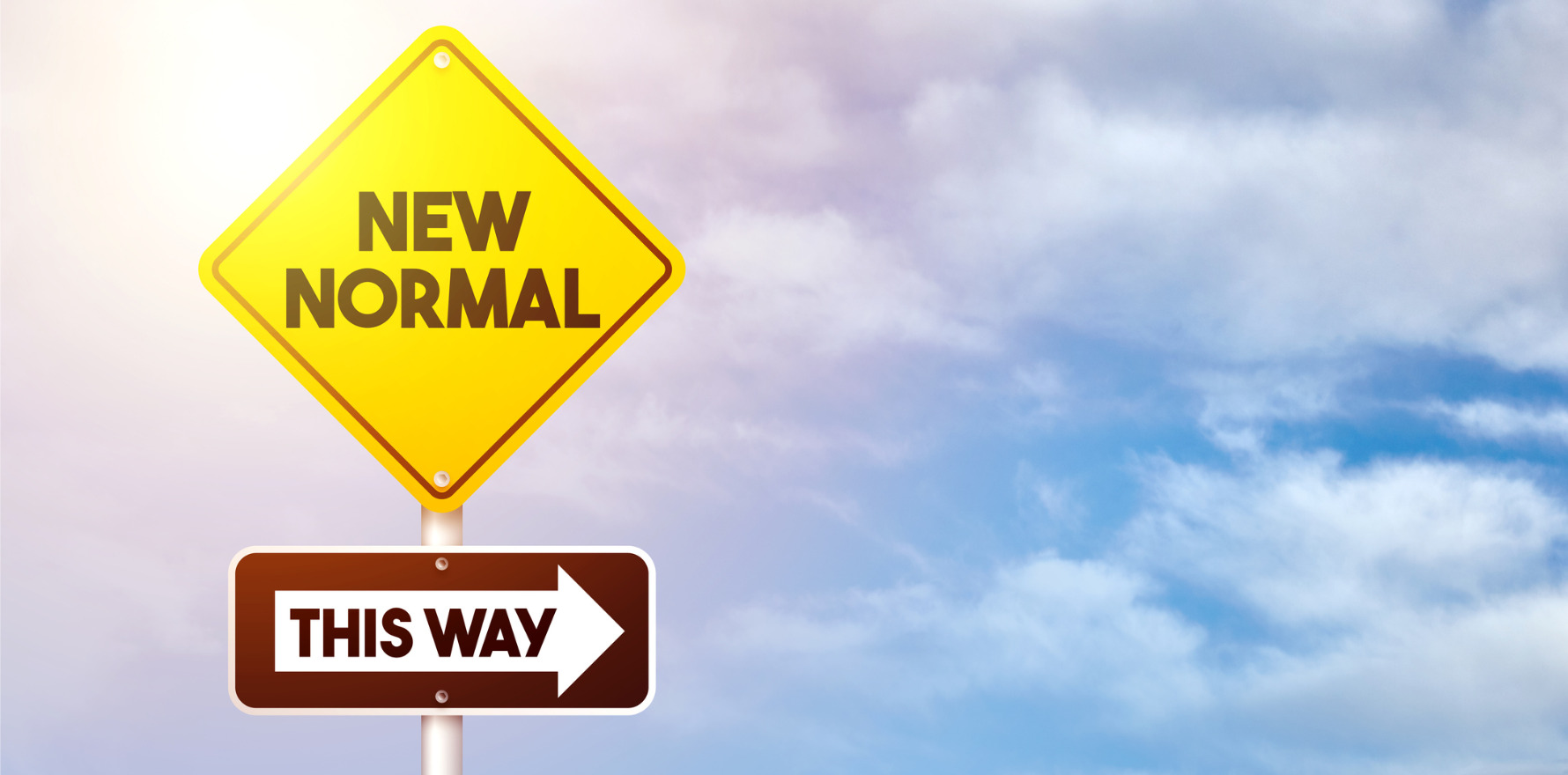Perhaps this is the long-awaited ‘new normal’ of life with COVID, with more working from home, more COVID complacency, and more long-COVID. But some things haven’t changed. When it comes to some communities being left behind, the new normal is the old normal, only worse.
In 2021, the risk of dying from COVID in Australia’s poorest neighbourhoods was six times higher than in the wealthiest. The gap has shrunk, but it remains huge. Last year, people in the poorest areas were still dying 2.5 times more often than those in the richest areas.
Australians who were born overseas were one-third more likely to die from COVID than people born here. Australians born in south-eastern Europe were twice as likely to die, and those born in the Middle East were three times more likely to die.
Almost every group at higher risk was less likely to be vaccinated than the average Australian. That includes people who are Indigenous, rural, poor, and born overseas. Last winter, older people who struggle with English were nearly 60 per cent less likely to be recently vaccinated, compared to older people who speak English proficiently.
It’s similar for COVID antiviral medications. Older people in the poorest neighbourhoods were 60 per cent less likely to get antivirals than those in the richest areas. Those living in remote areas were 80 per cent less likely to get antivirals, compared to people living in cities.
At every step – vaccination, risk of infection, risk of severe illness, and access to treatment – the deck has been stacked against disadvantaged Australians. These gaps didn’t come out of nowhere. Instead, they reflect a health lottery that predates the pandemic.
People who are poorer, Indigenous, have less education, and who live in rural areas are exposed to more health risks, such as obesity, smoking, unhealthy housing, poor diets, and chronic stress. That leads to higher rates of chronic disease. In turn, that means more years living with illness and disability, and dying years earlier than other Australians.
An unfair health system is at odds with the Australian ethos of the fair go. It piles the most risk onto the people least able to absorb the costs of illness, time off work, and long-term symptoms. That’s bad for those people, and bad for everyone.
One slogan health officials used in the pandemic was, “we’re not safe until we’re all safe”. If some groups weren’t vaccinated, for example, the virus would spread more, evolve faster, and put everyone at greater risk.
And when groups that are sicker to start with get less protection, the result is avoidable illness that clogs up hospitals and weighs down government budgets. It puts GPs and hospitals under strain today, and increases the risk that a future pandemic will overwhelm them.
But we can renew our health system. After the Spanish flu a century ago, universal health systems were built, health ministries were expanded, and a new mindset acknowledged the social and environmental causes of disease. The COVID pandemic gives us another opportunity, this time to make three changes to build a fairer health system.
The first step is levelling the playing field on health risks. A Centre for Disease Control (CDC) will be established this year, with a remit to keep people healthy. It should make reducing the gaps in health risks between different communities a core goal. To turn the CDC’s analysis and advice into action, Australia should boost prevention funding, catching-up with leading countries.
Second, funding for healthcare should reflect the risks that different patients face. Other countries do more to factor these risks in, allowing clinicians to spend more time with the patients who need it the most, helping them to stay healthy.
Finally, fairness should be at the heart of how the health system is managed. The crisis of some communities falling behind should be tackled with the the same urgency as the problems that hit the headlines. Data show who is missing out, which means governments can help providers reach those groups, set targets, and monitor progress.
It can work. Health differences between communities can’t be eradicated, but they can be reduced. For example, programs during the pandemic reached out to low-vaccination communities and massively increased vaccination. Those approaches should become business as usual.
Australia needs another revolution in healthcare – one that refuses to accept that someone’s health is determined by who they are, where they live, and how much they earn. It’s not just the right thing to do, it will also help the health system that we all rely on keep up with growing demand, and withstand the next pandemic.
Peter Breadon is the health program director at the Grattan Institute. He has worked in a wide range of senior policy and operational roles in government, most recently as Deputy Secretary of Reform and Planning at the Victorian Department of Health.
This article was originally published at Pearls and Irritations and the Grattan Institute.

